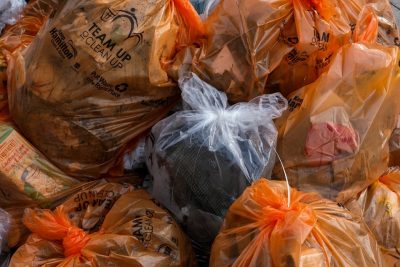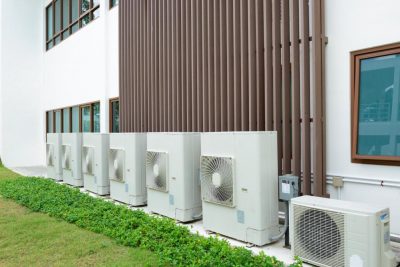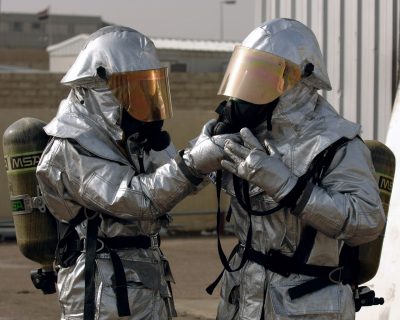There are so many amateurs masquerading as experienced and qualified electricians these days that choosing the best ones becomes a daunting task. It is important to choose the right electrical contractor for your commercial or residential property. You may be tempted to go for the cheapest option available but will soon realize that it was a costly mistake. Furthermore, you also want someone who takes care of safety concerns when it comes to electrical work. It is important not only for them but also for you and your family.
If you are looking for an electrical contractor, then you must consider the following factors before choosing anyone.
1. Certification and Licensing
The first thing to look for in electrical contractors is if they are certified and licensed to do the job. As mentioned before, every other person these days is posing to be an expert electrician. But you must only choose the ones that are certified by a professional organization and are licensed to carry out electrical work in commercial and residential properties. This will ensure that you and your property are in safe hands.
2. Equipment
Electrical work needs state-of-the-art equipment. Thus, if you are looking to hire an electrical contractor, make sure that they have the latest equipment that helps them complete the tasks efficiently. Only choose a company that has the latest equipment. Having the latest and good quality equipment also ensures that the work is done cost-effectively at a reasonable price. This is, of course, done without compromising on the quality of services.
3. Trained Staff
Only choose an electrical contractor that you are sure that enough manpower to handle the tasks at hand. They must have trained staff as electrical work is not a child’s play. It requires years of training and practice to be called an experienced electrician. Hire an electrical contractor that can provide you a proof of their staff’s training as well as has enough people to take care of all your work. This will ensure that you don’t have to look elsewhere for help. The bigger and more trained the team, the easier and quicker you will be able to get your work done.
4. Expertise
If you are looking for electrical contractors for a specific task, make sure you look for someone who is specialized in that field. This will not only save your time but also money. Ask around for references from people who have had similar work done before. Choose an electrical contractor who has a good track record of working on similar tasks. You will find experts this way who will be able to locate the problem immediately and will be able to fix it there and then.
If you are looking for an expert, highly trained, and experienced electrical contractors, then call EE&G at (305) 374-8300. We have a team of electrical contractors with years of experience. They will help you will all the electrical work you need at your commercial or residential property.




